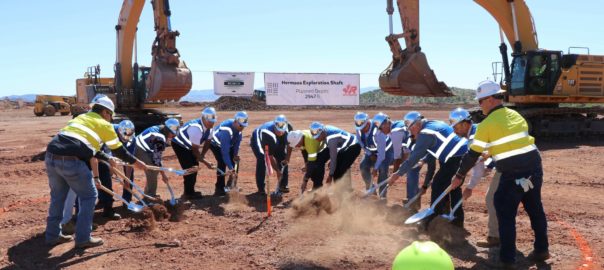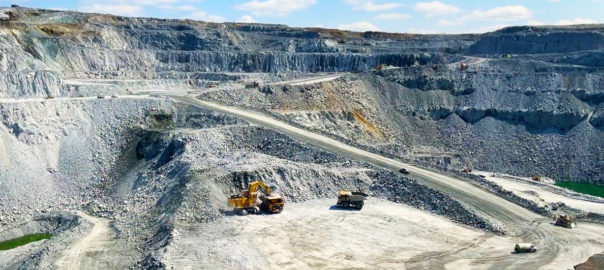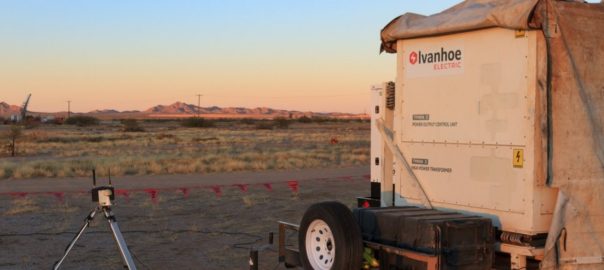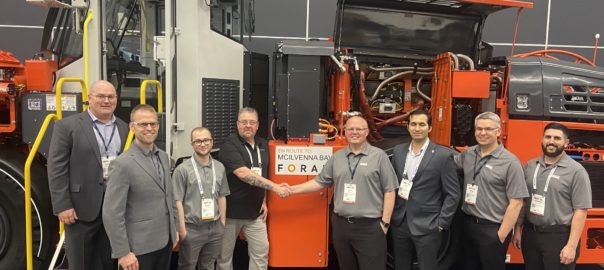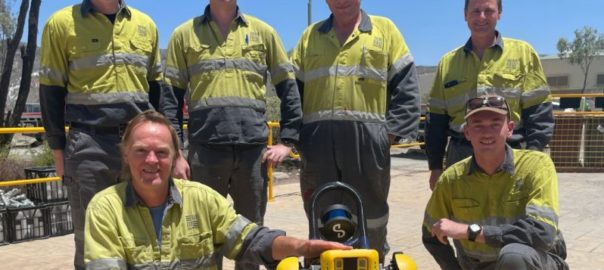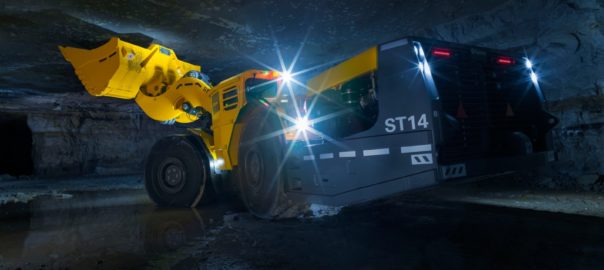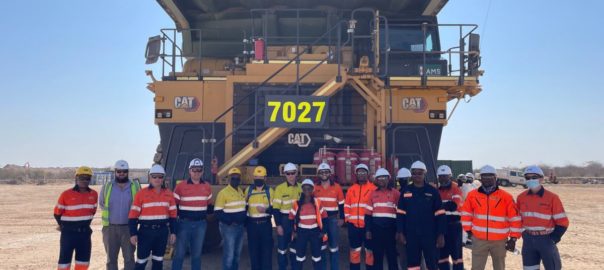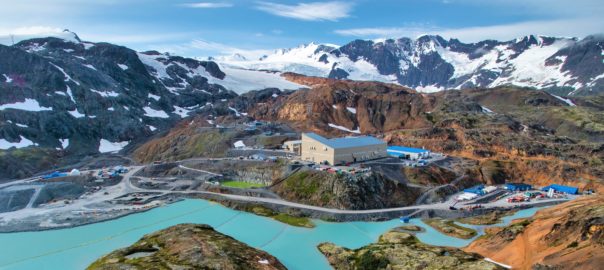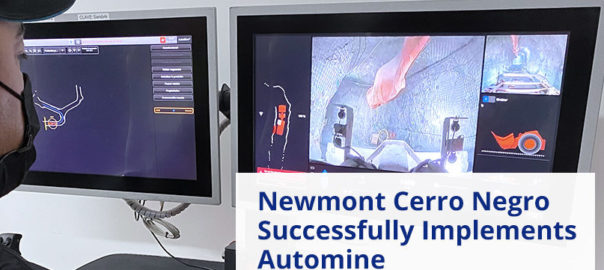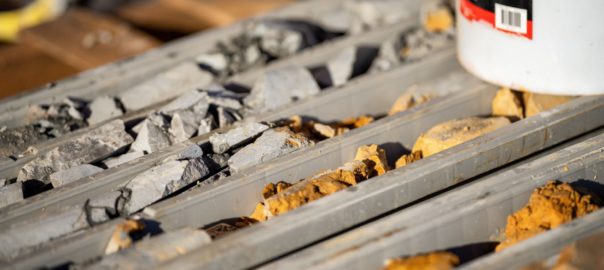South32 has now broken ground on one of two exploration shafts at the Hermosa project in southern Arizona, USA, in a sign of major progress at the base and battery metal project.
This milestone achievement commemorates the initial surface excavation that will be continued by Redpath USA to a planned depth of 900 m, the contractor stated in a LinkedIn post. Redpath and South32 signed a “limited notice to proceed” for shaft engineering and design at Hermosa last year.
Redpath said in this latest post: “The shafts will enable underground access for continued exploration of a world-class deposit containing the US critical mineral zinc as well as lead and silver – minerals needed for supporting electrification and renewable energy.”
In South32’s March quarter results, the company said it invested $176 million over the last nine months as it continued critical path activity and study work for the Taylor zinc-lead-silver deposit and the Clark battery-grade manganese-zinc-silver deposit. It also directed $12 million to capitalised exploration in the nine months ended March 2023 as it continued exploration programs at Taylor and Clark and the copper-lead-zinc-silver Peake prospect 8.
Just last month, the Hermosa project was confirmed by the United States Federal Permitting Improvement Steering Council, an independent federal agency, as the first mining project added to the FAST-41 process, which is focused on supporting informed decision-making while reducing and eliminating unnecessary and costly delays associated with projects.







